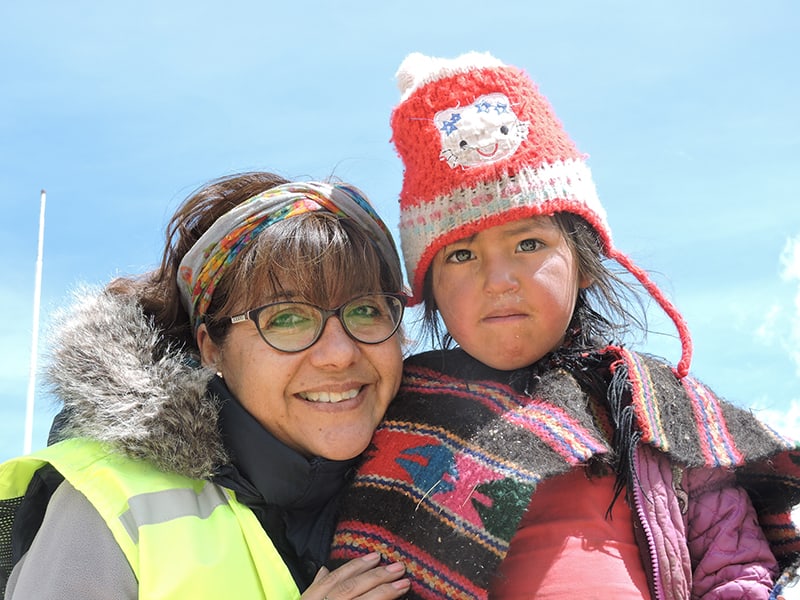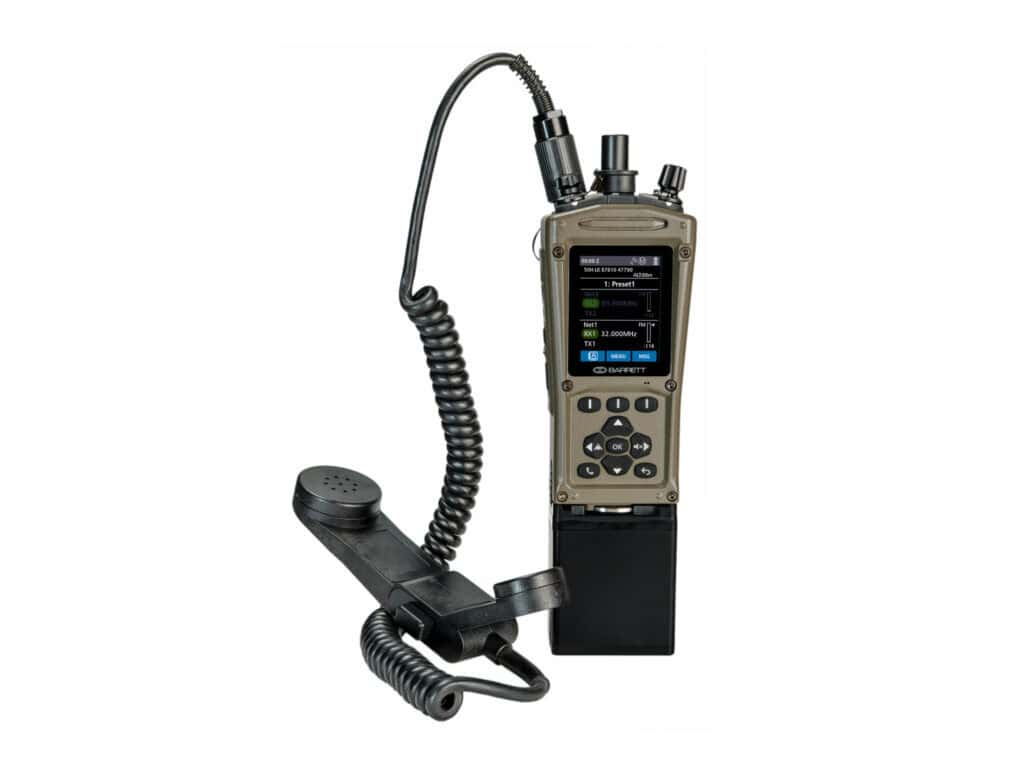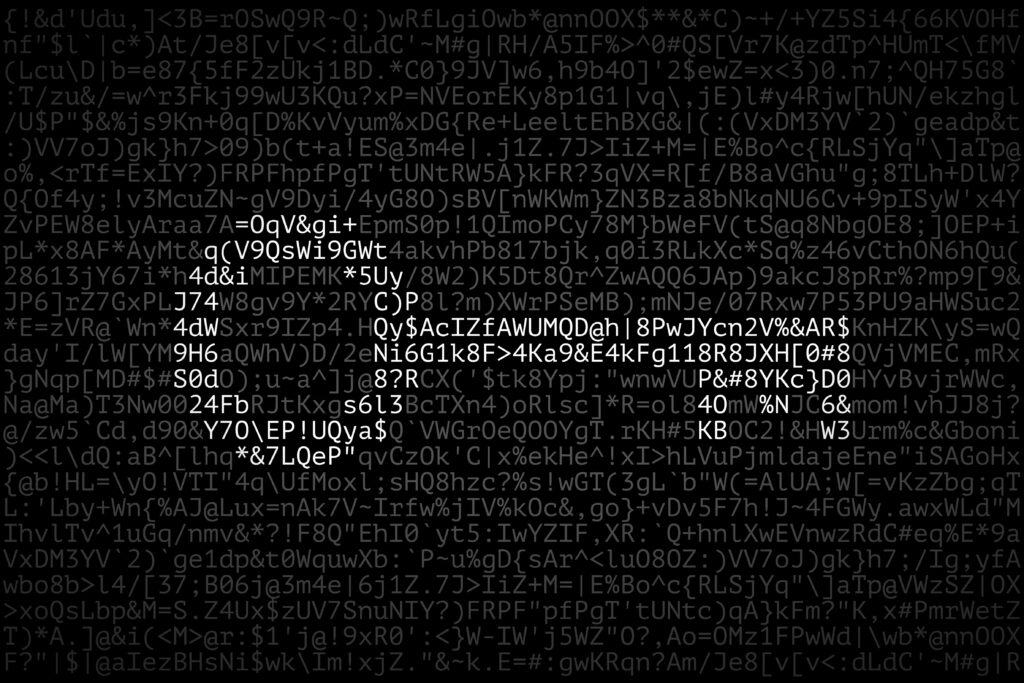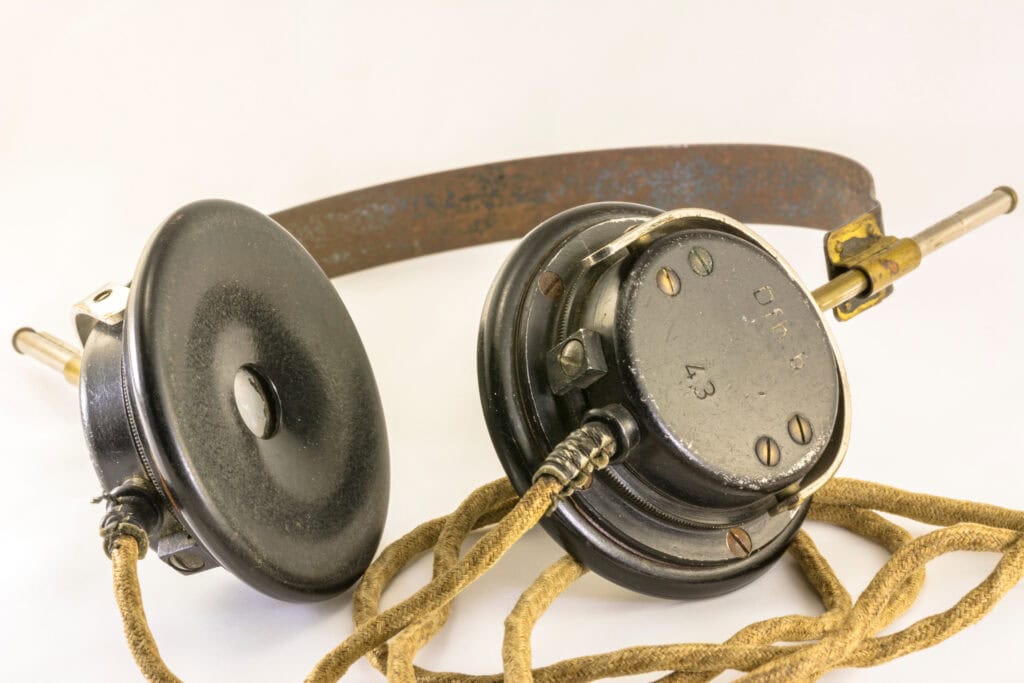Empowering conservation volunteers with HF radios in remote areas
Empowering conservation volunteers with HF radios in remote areas

HF radios keep conservation volunteers safe & connected in remote areas, enabling coordination, reporting and emergency response where cell coverage fails.
Remote fieldwork is a cornerstone of effective conservation, whether it involves biodiversity surveys, ecosystem monitoring or anti-poaching patrols. But these critical efforts often take place in locations well beyond the reach of cellular or internet infrastructure. In such environments, high-frequency (HF) radios remain one of the most effective and resilient communication tools available as they provide long-range, infrastructure-free connectivity across challenging terrain.
Why HF radio still matters
While satellite phones and mobile networks (LTE) dominate mainstream communication, HF radio retains a distinct advantage for conservation teams operating in remote or rugged areas. Using ionospheric propagation, HF radio signals can travel thousands of kilometres — refracting off the ionosphere to reach distant tranceivers without requiring satellites or cell towers. This makes HF uniquely suited for areas with no fixed infrastructure, and more cost-effective for long-term use.
The robustness of HF is especially relevant in conservation contexts where operational continuity, low power consumption and interoperability are essential. With features like secure digital voice and frequency hopping, modern HF systems offer clear, encrypted communication that rivals cellular in audio quality — minus the infrastructure dependency. Furthermore, HF radio, unlike satellite phones, has broadcast capability and is “push to talk” (PTT) in nature, allowing all stations to hear a call simultaneously without the delays associated with dialing numbers.
Field applications: From theory to practice
Now, let’s look at some real-life applications in conservation:
Wildlife tracking and anti-poaching coordination
Many conservation teams operate across wide and sparsely monitored reserves. HF radios allow real-time coordination between mobile units and base operations, even when patrols are separated by hundreds of kilometres. Optional encryption and frequency-hopping capabilities also help protect sensitive information — which is essential when dealing with organised poaching networks.
Forest and habitat monitoring
Illegal logging and land degradation often occur in areas where mobile networks are nonexistent or unreliable. HF radios enable teams to report environmental threats in real time, dispatch teams quickly and maintain coordination even during wildfire events or natural disasters. This continuity of communication is crucial for rapid response and evidence collection.
Ecological research and collaboration
In field stations far from any town or infrastructure, HF radios allow researchers to exchange data, coordinate sample transport and remain in contact with institutional headquarters or support teams. Unlike some satellite systems, HF can support both voice and limited data messaging, which is helpful for sending GPS locations, updates or pre-coded alerts.
Features that support field realities
HF radios support conservation efforts with the following features:
- Range & autonomy: Communications over 2,000+ km without infrastructure makes HF a strong candidate for cross-border or multi-site projects.
- Emergency readiness: One-touch SOS alerts with embedded GPS posisioning ensure immediate response capabilities.
- Interoperability: Interoperation with VHF/UHF systems supports both local and wide-area communications.
- Ruggedisation: Designed for field conditions — whether that’s humidity, dust or mechanical shock.
- Low power requirements: Ideal for off-grid setups with limited energy availability.
Supporting global conservation efforts
From the Tanzania Wildlife Management Authority’s remote patrols to Tuvalu’s early climate warning systems, HF radios are already embedded in conservation and resilience programs. They’ve proven their value in settings where no other communication tools would suffice.
For organisations focused on environmental protection in remote, low-connectivity regions, HF radios provide more than just communication — they offer operational resilience, safety and a strategic edge.
To explore reliable HF communication solutions for your conservation projects, visit Barrett Communications.







